Cars and coffee leave you cold? Light a bonfire at Michigan’s winter rally
Do you love motorsports as much as we do? Sign up for the Hagerty On Track newsletter.
As night falls on a snowy forest, machine-gun pops of turbochargers echo through the trees. Hordes of race fans wait in anticipation to see drivers deftly navigate snow-covered access roads in their specialized machines. They slip, they slide, darting through the forest of densely packed hardwoods. All of a sudden, the headlights of some four-wheel-drive boost buggy cut through the darkness. The car whizzes by at what feels like a million miles an hour.
This description might sound like a scene from a premier European stage rally like Monte Carlo or Sweden. On the contrary: You can enjoy snowy sideways heroics right here, in the good ol’ U-S-of-A.
Every February, fans and participants invade the small, northern Michigan town of Atlanta for Sno*Drift. Since 1997, this two-day weekend rally has been the inaugural race of the American Rally Association season. Since the meet is a national event in which teams can earn championship points, both big-dollar factory outfits and plucky privateers show up in force.
Prior to the race, teams crowded a quaint park in downtown Atlanta. Rally fans bundled in layers of cotton and Gortex drooled over the cars and chatted with the teams. Subarus, with varying levels of preparation, were more common than bellybuttons. A highly modified, factory-backed WRX STi stood in stark contrast to mostly stock, naturally aspirated Imprezas from the late 1990s and early 2000s. Fords (like the white Escort Cosworth below), Mitsubishis, Hondas, Volkswagens, Citroëns, Hyundais, and Audis rounded out the rest of the field.
In case you’re new to the scene, the goal of Sno*Drift—or any rally, for that matter—is to have the fastest cumulative time through timed courses called stages. Unlike rallycross, these segments are not circuits; they are run point-to-point. These stages usually consist of logging or forest-access roads that are closed to the public. Drivers have no prior knowledge of the stages, so they must rely on their navigator, who sits shotgun, to keep the shiny side up. These co-captains drive the route ahead of time to take notes of the twisty roads. Armed with a precise odometer and detailed stage notes, the navigator shouts directions to guide the driver through the complex courses.
After the meet-and-greet in the park, the entrants departed for the first stages of the day. Rally cars must be street-legal because they have to commute to the timed stages on public roads.
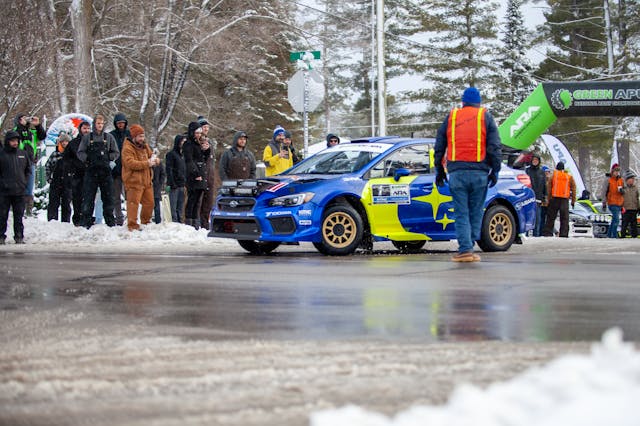
Fans quickly followed the rally cars to the spectator stages. Insider tip: Go to a stage early and stay there, as the racers usually run the same stages a couple of times. If you try to follow the rally stage-by-stage, you will inevitably miss some action while traveling between spots. Often, people forget to figure in the time it takes to hike a mile or two from the designated parking to the spectator areas.
Once you get settled, though, the action is great. Watching hotshoes whip their rally cars sideways through the turns is exhilarating, especially when you’re allowed to get so close to the course. There’s a sense of danger out in the woods, even for the spectators.
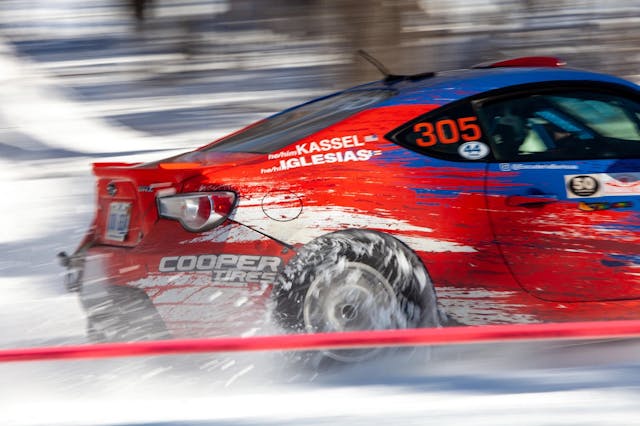
The final spectator stage of the rally was a sight to behold. Nicknamed “Bonfire Alley,” the stage is flanked by rowdy rally fans. Some of them have been there all day and have set-up camps replete with large bonfires, massive speakers, and coolers that could pass as full-blown refrigerators. It’s a party. The rally cars are just a bonus.
Party-goers poured lighter fluid onto their campfires as the cars were approaching, illuminating the forest with orange fireballs. Shirtless fanatics crossed the spectator tape boundary and cheered on their favorite teams. If you thought Europeans were the only ones who could throw an epic rally rager, you’re sadly mistaken.
Brandon Semenuk, a Canadian mountain-biker-turned-rally-racer, took top honors in his works Subaru. Though, I’m convinced the real winners were the fans who had a weekend they won’t soon forget (especially when they wake up Sunday morning with a hangover).
I was there to capture the insanity with a Canon 5D Mk II and a bag of lenses. I used a Canon 80-200 f2.8 for many of the long-range shots, but I had the most fun using the much-wider Sigma 24-70 f2.8 while perched from the snow banks that lined the course. Check out the gallery below, and I’ll see you in the forest next February.
***
Check out the Hagerty Media homepage so you don’t miss a single story, or better yet, bookmark it. To get our best stories delivered right to your inbox, subscribe to our newsletters.
Via Imola



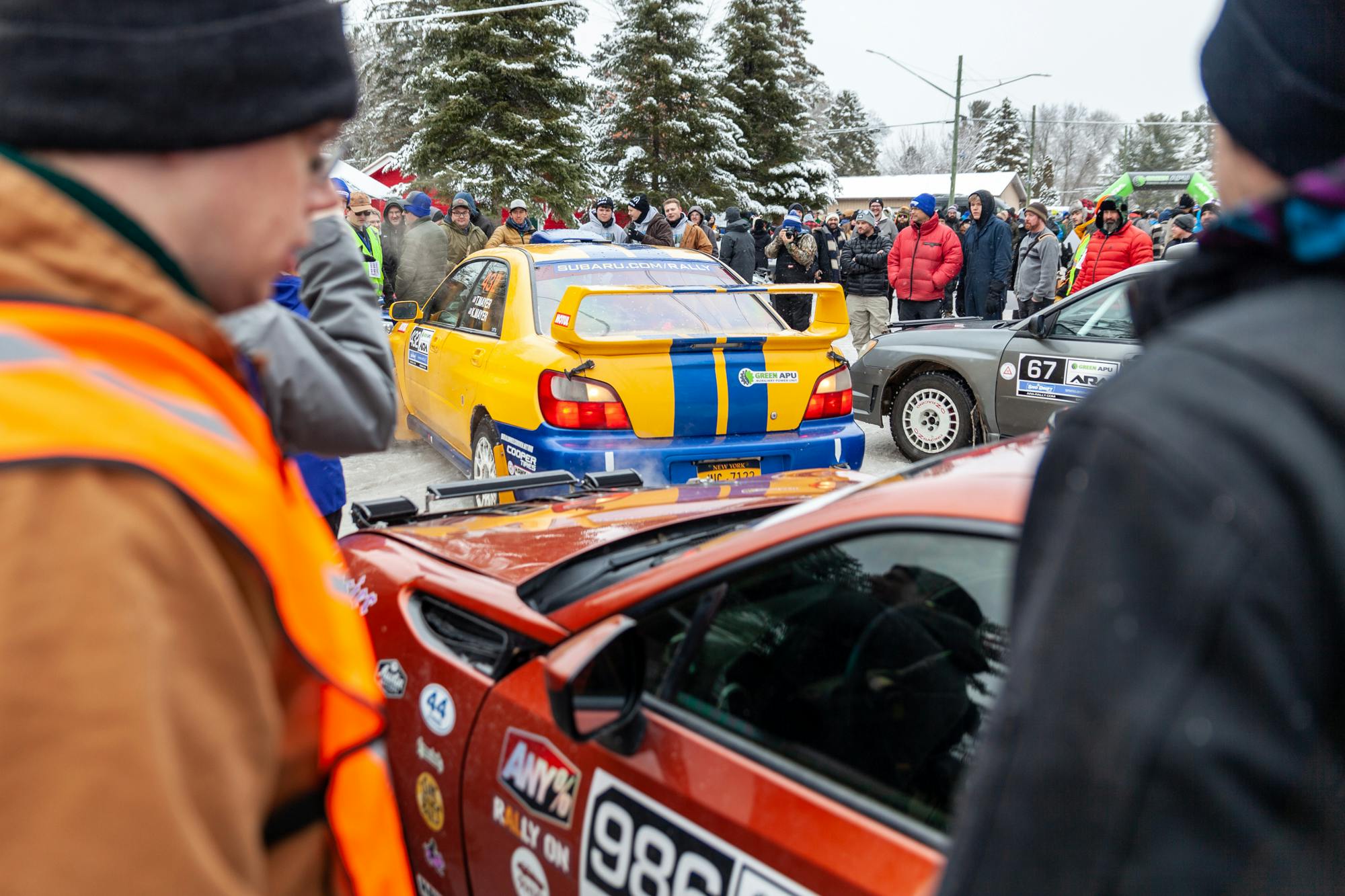
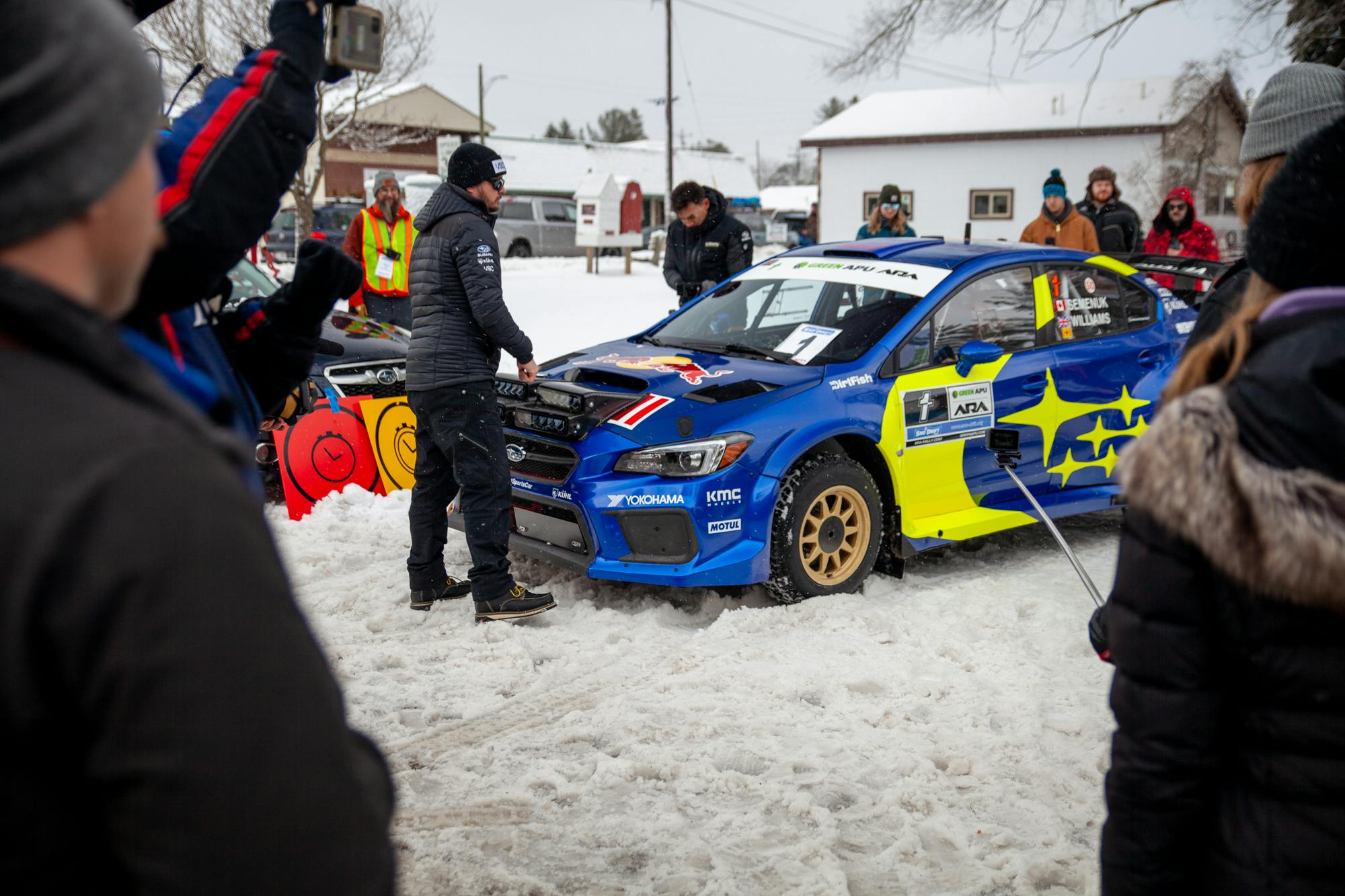
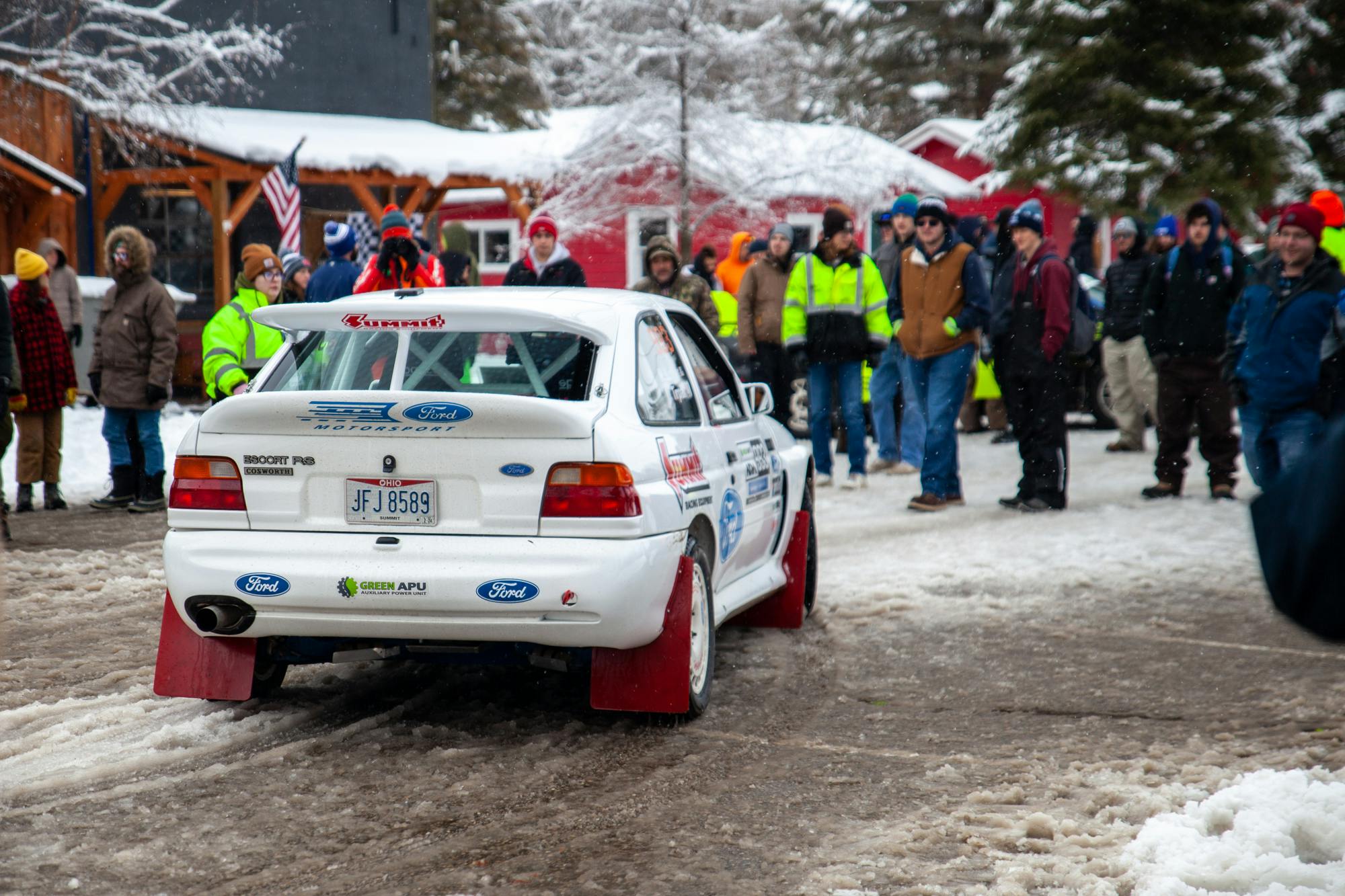
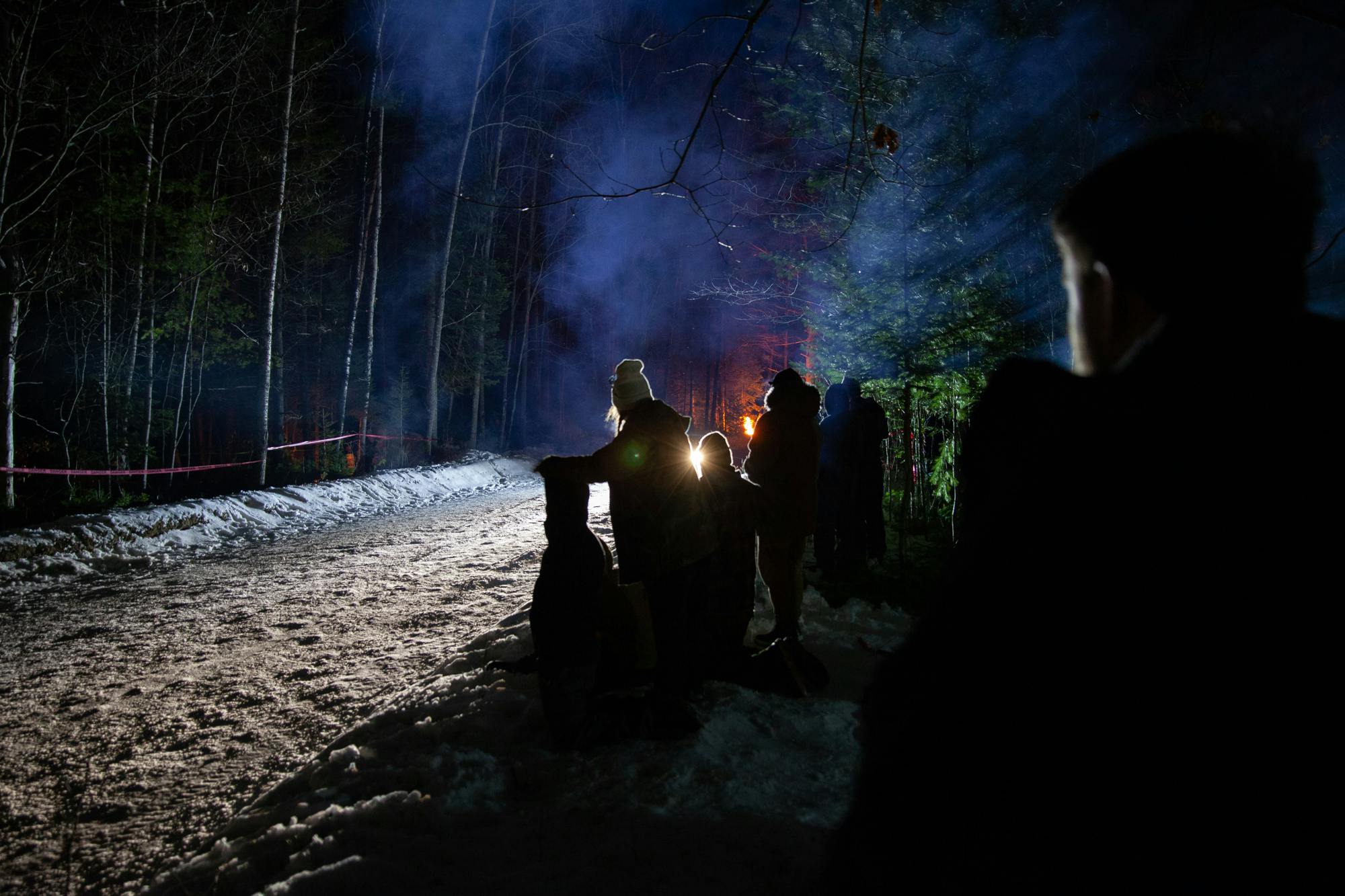
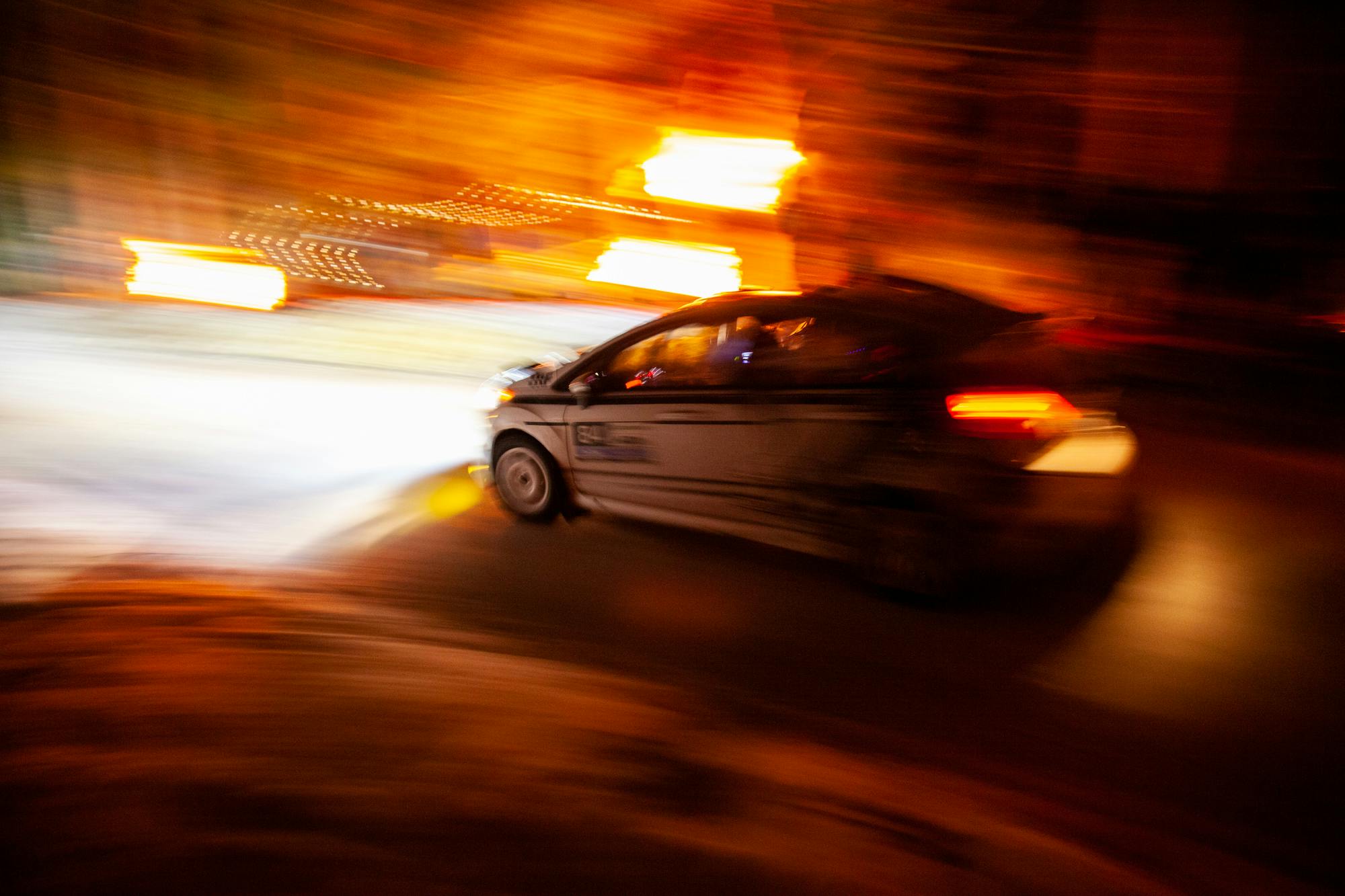
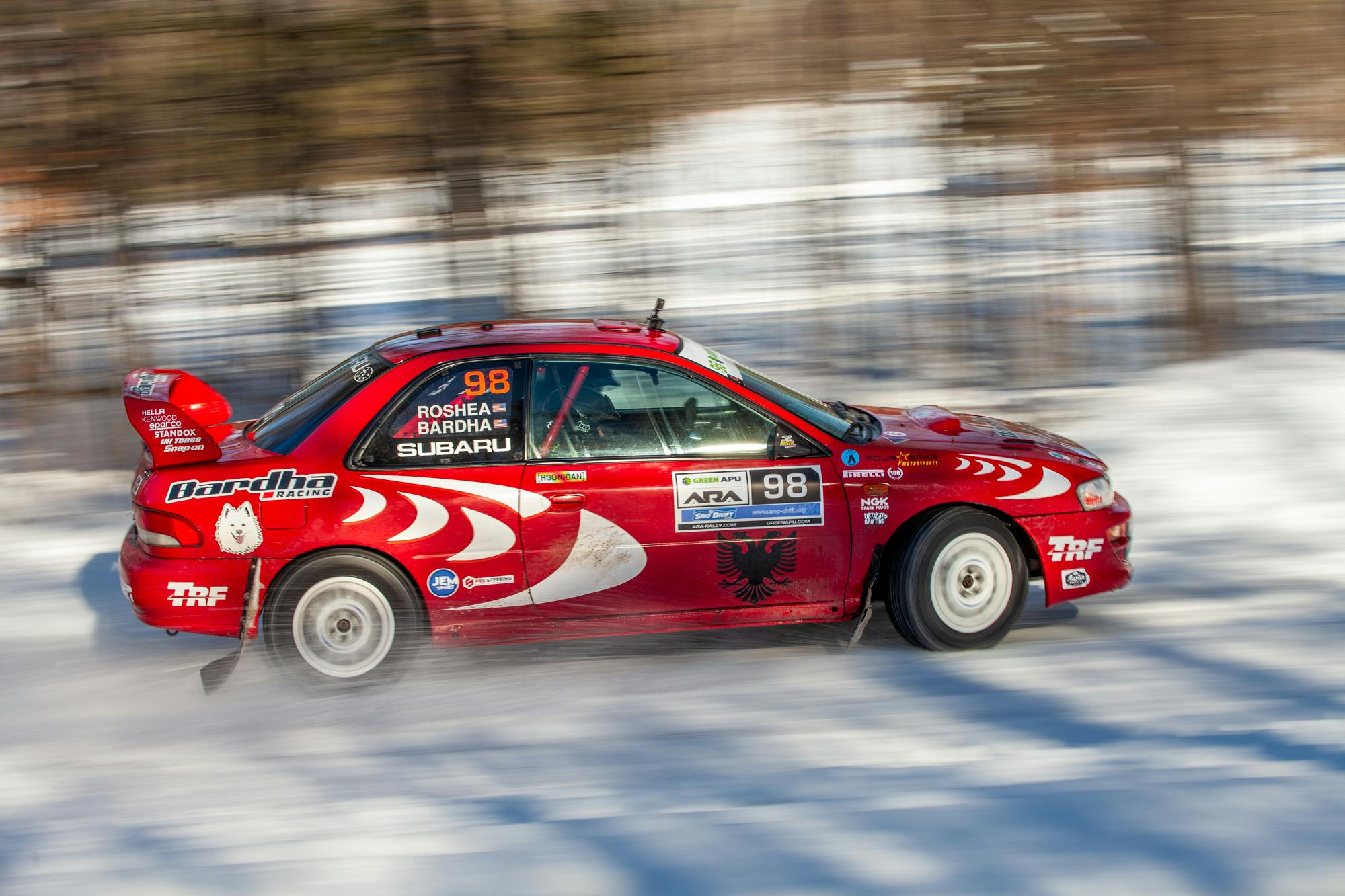

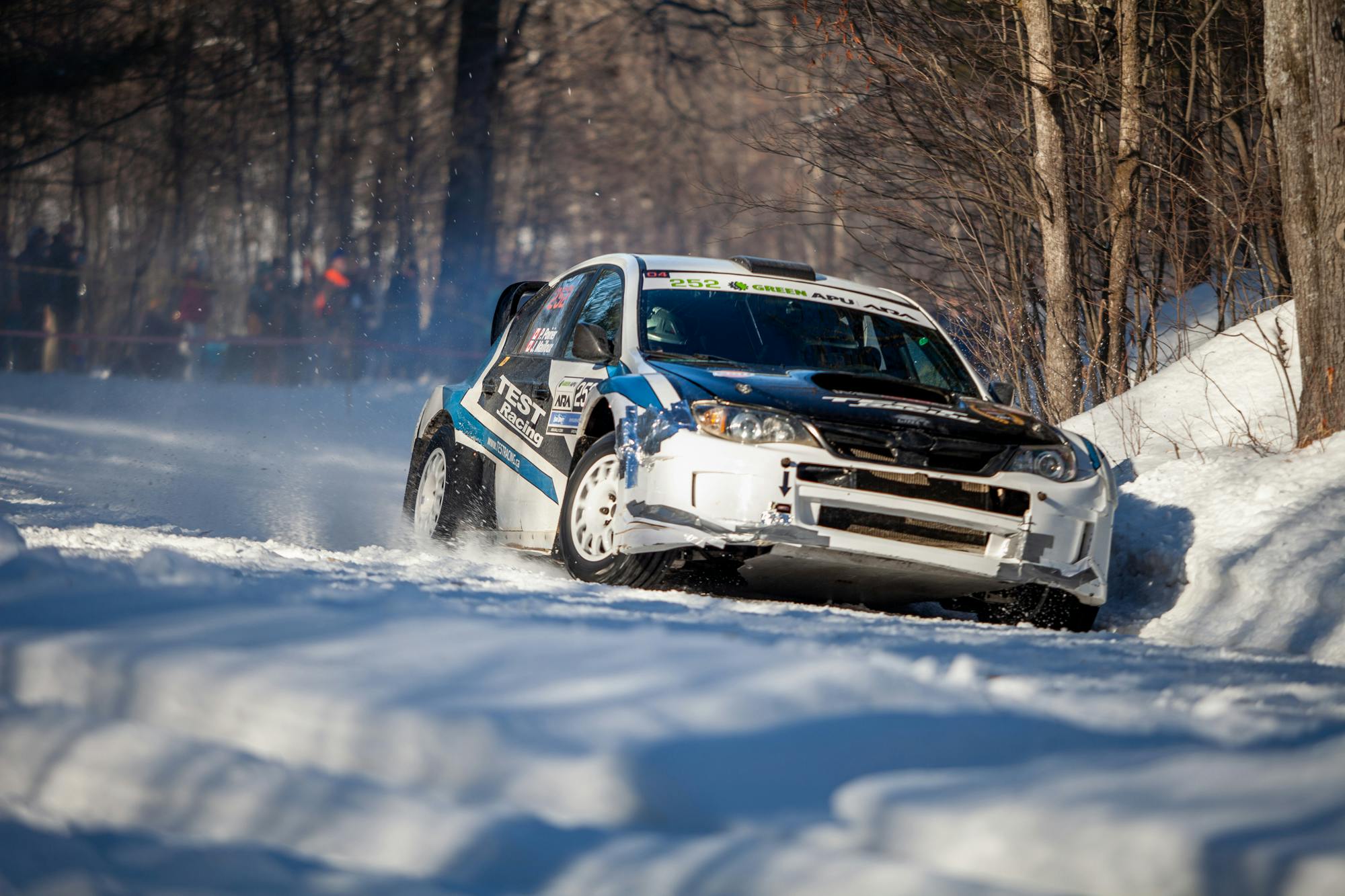
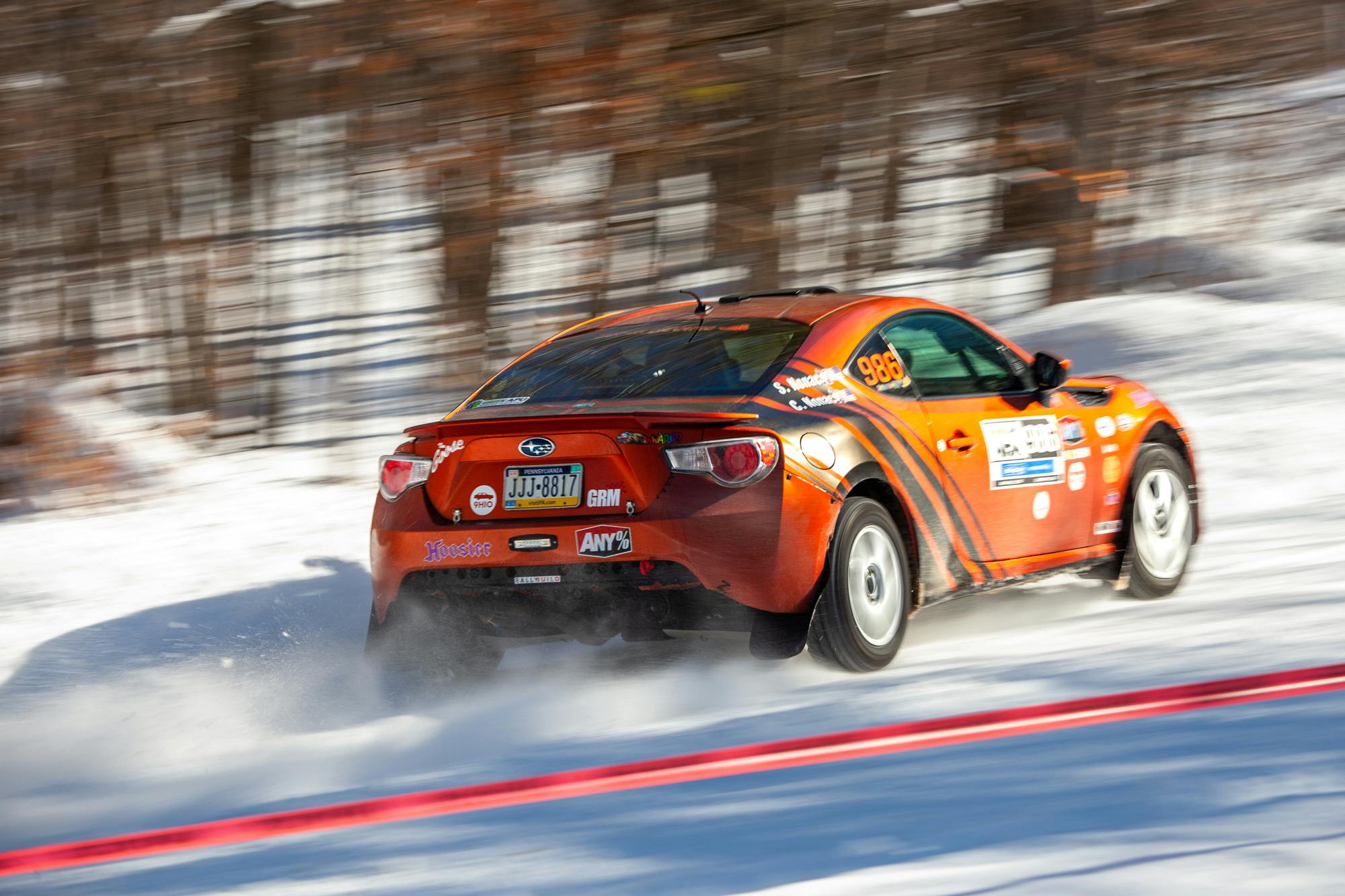
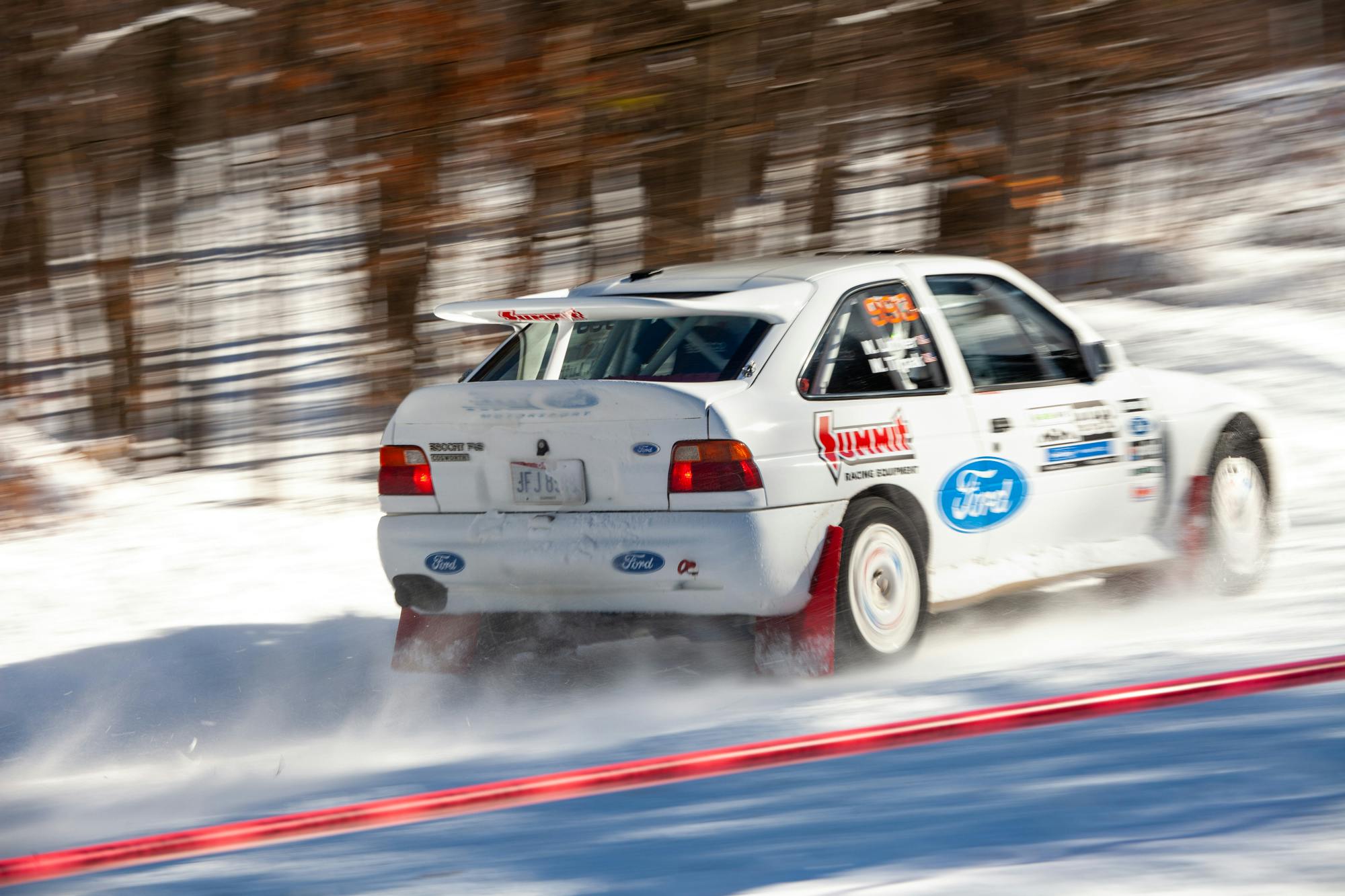
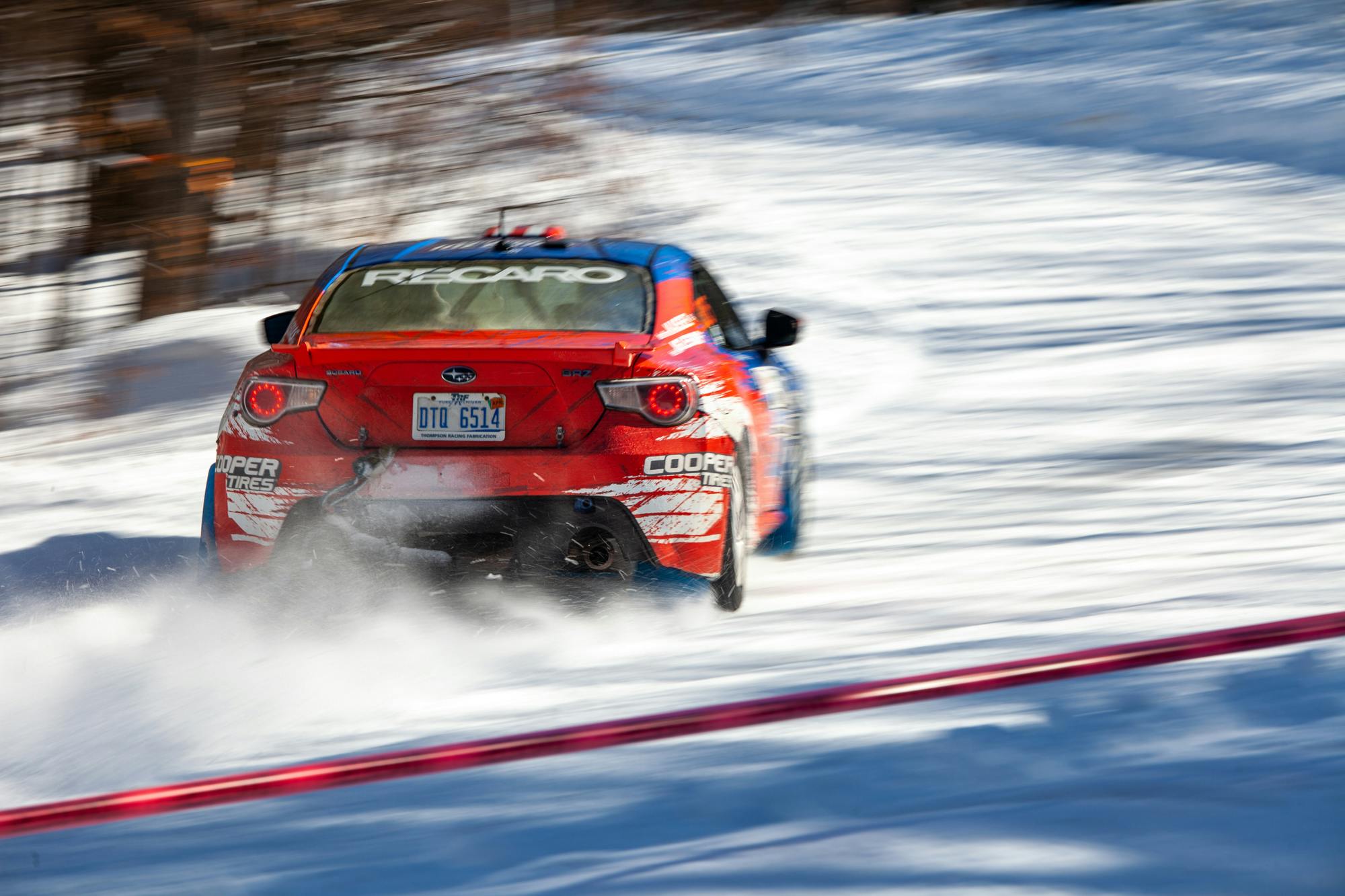

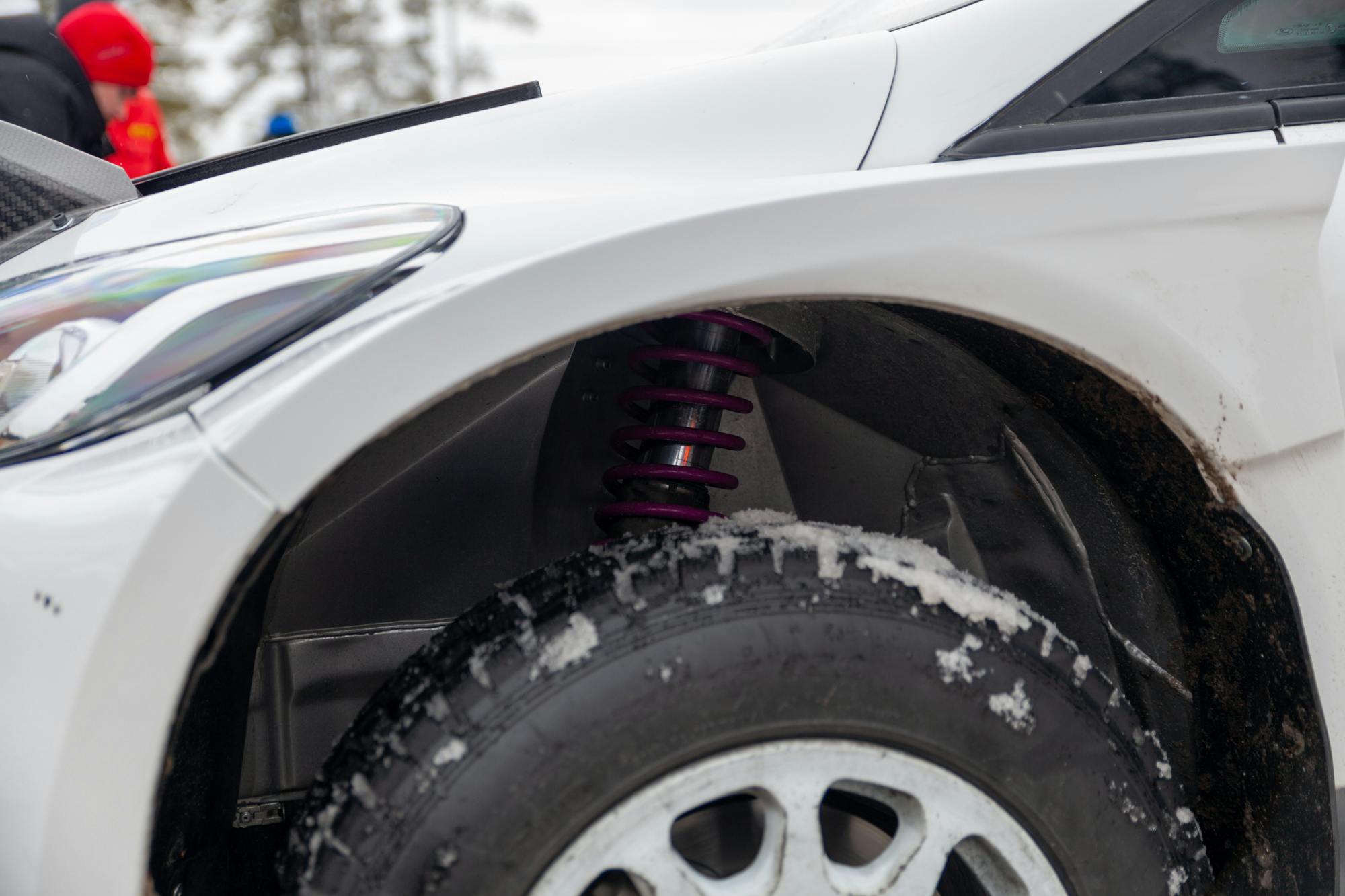
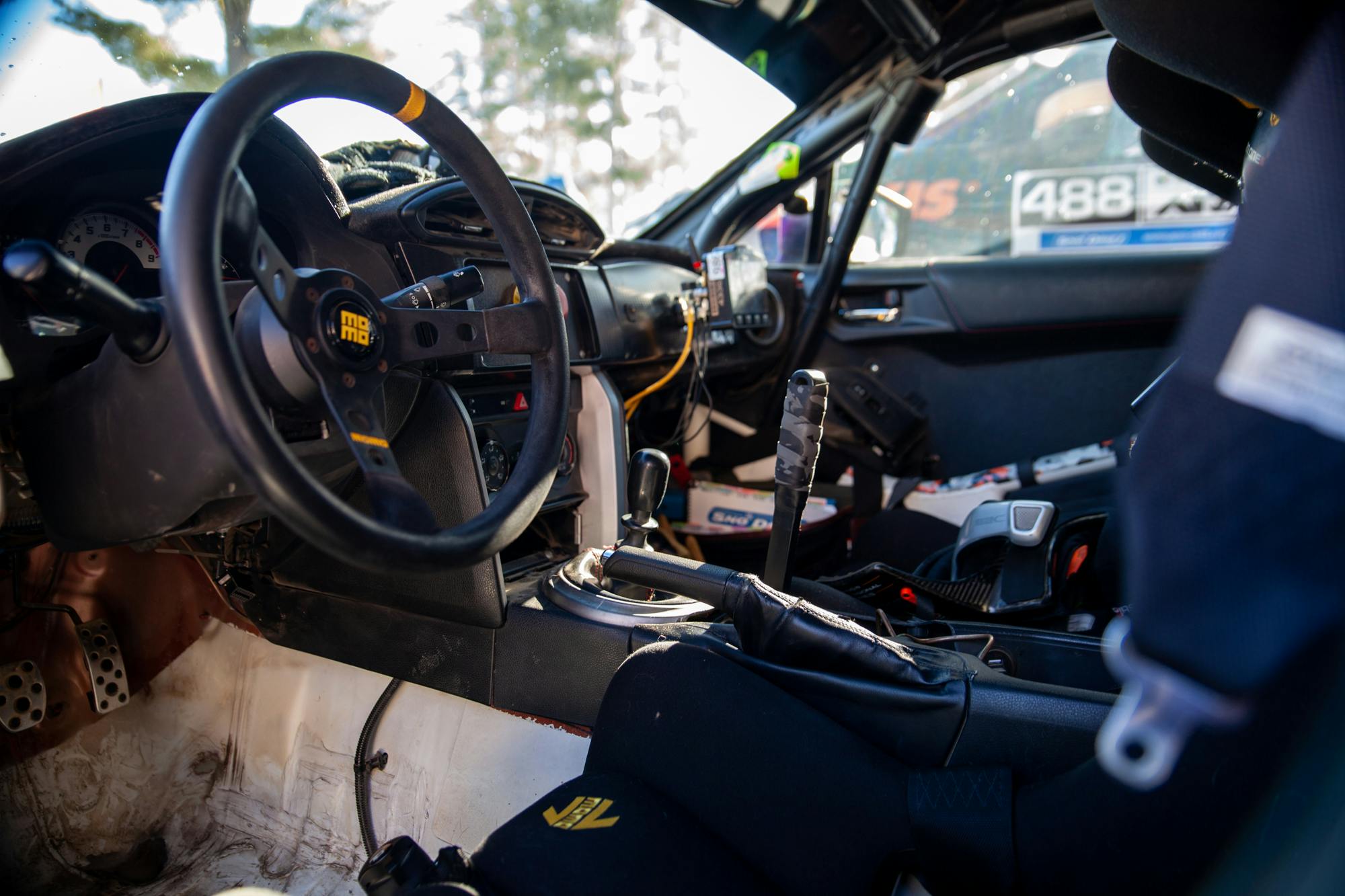

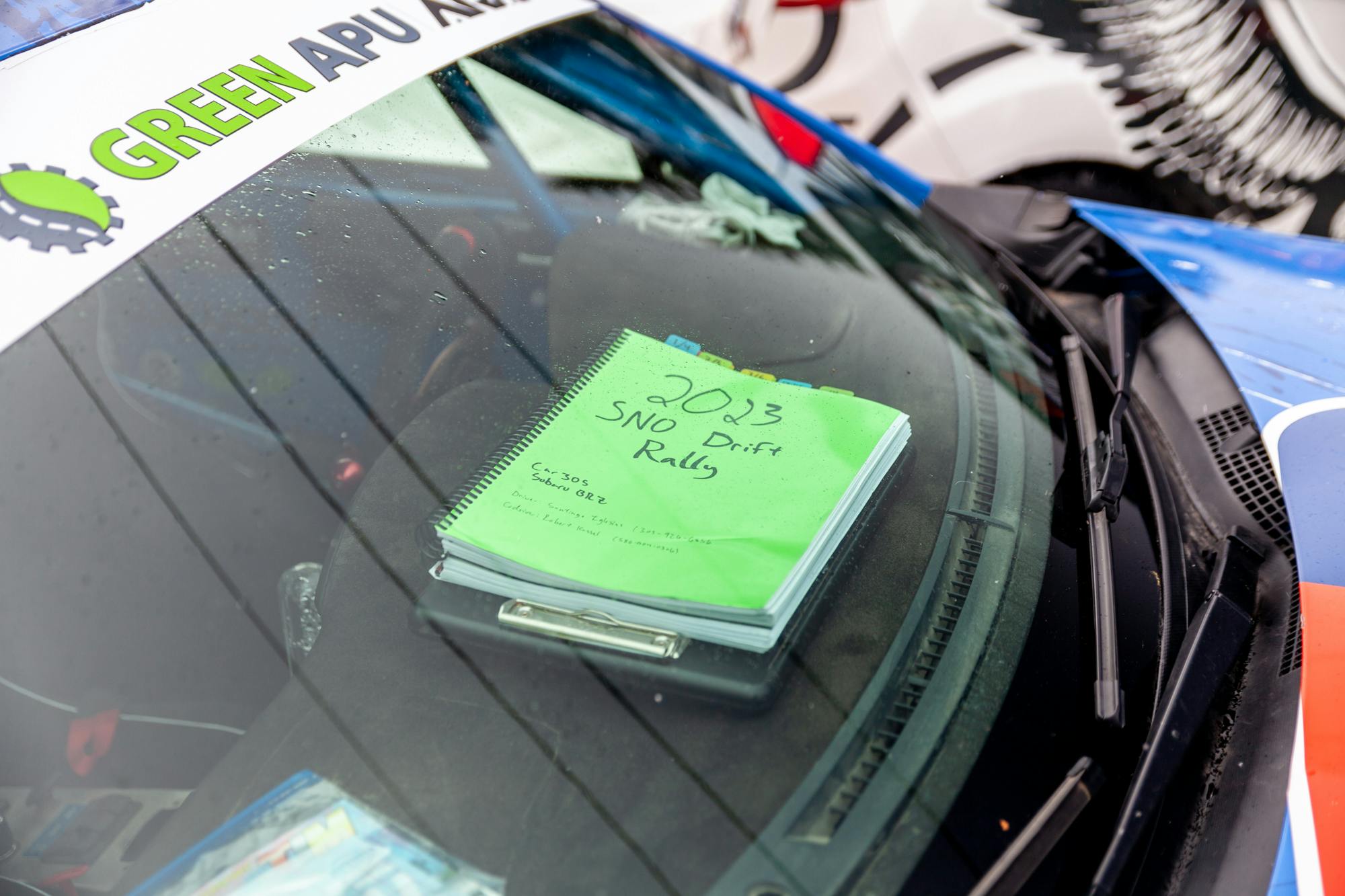
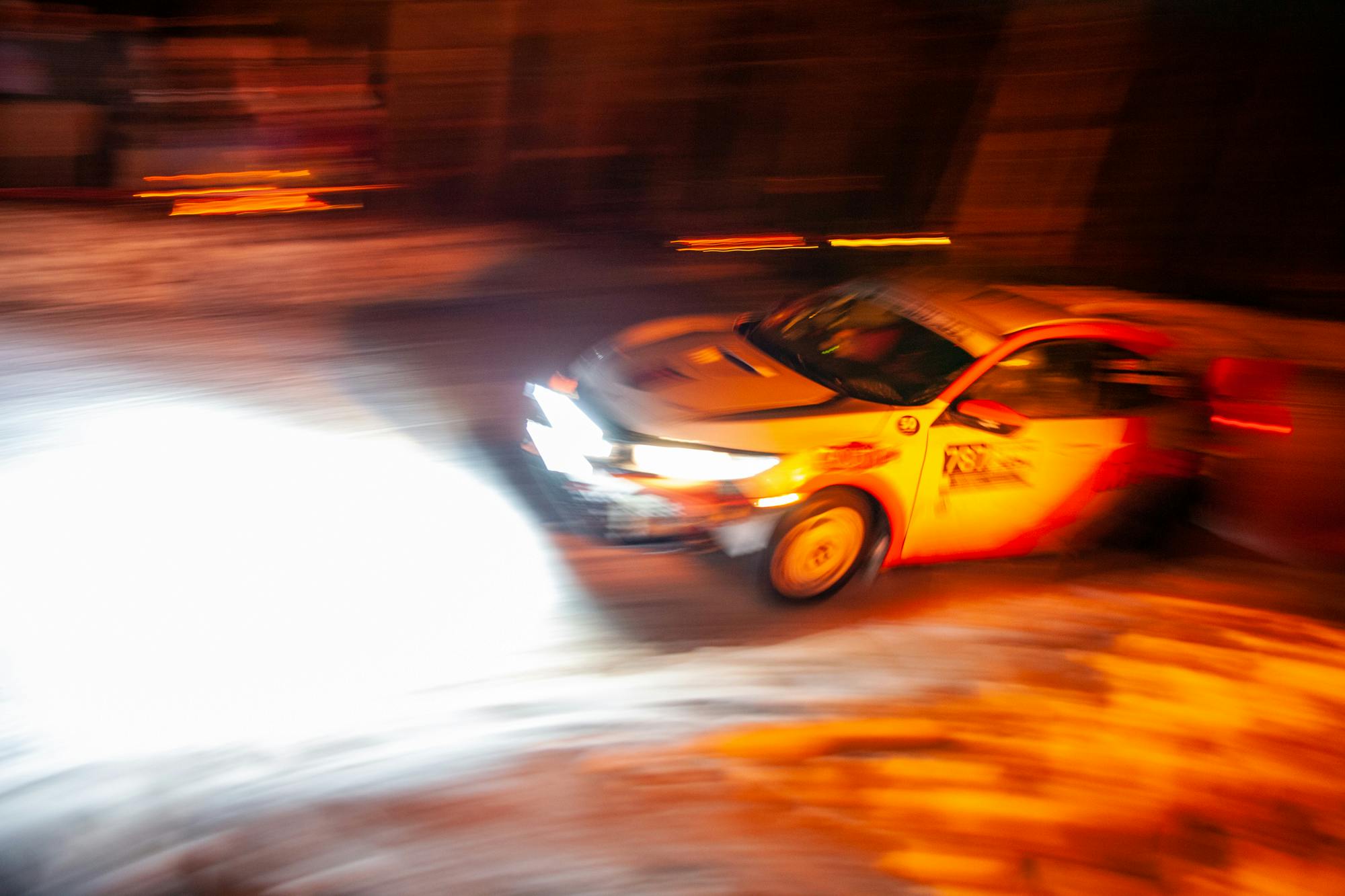
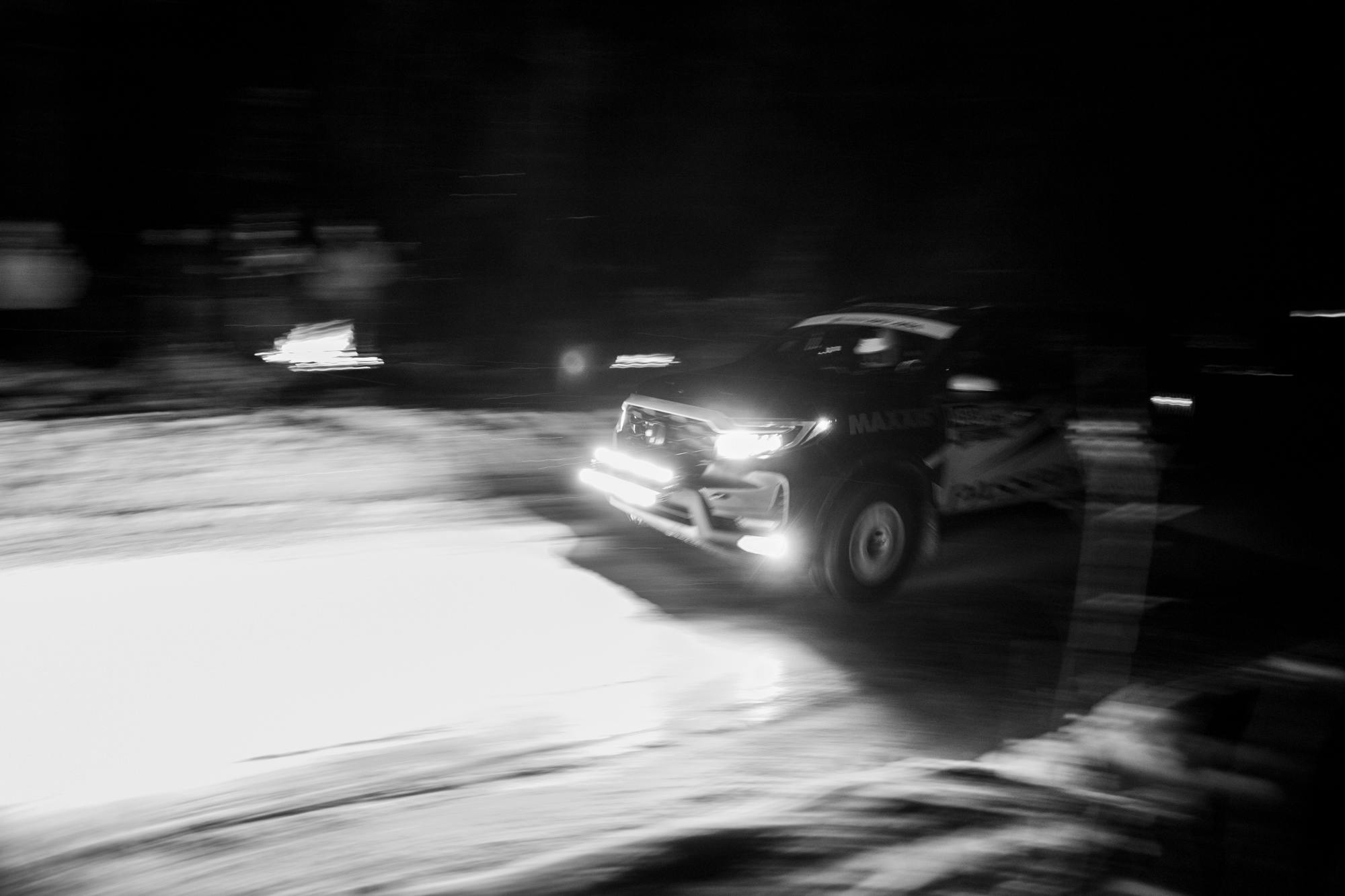

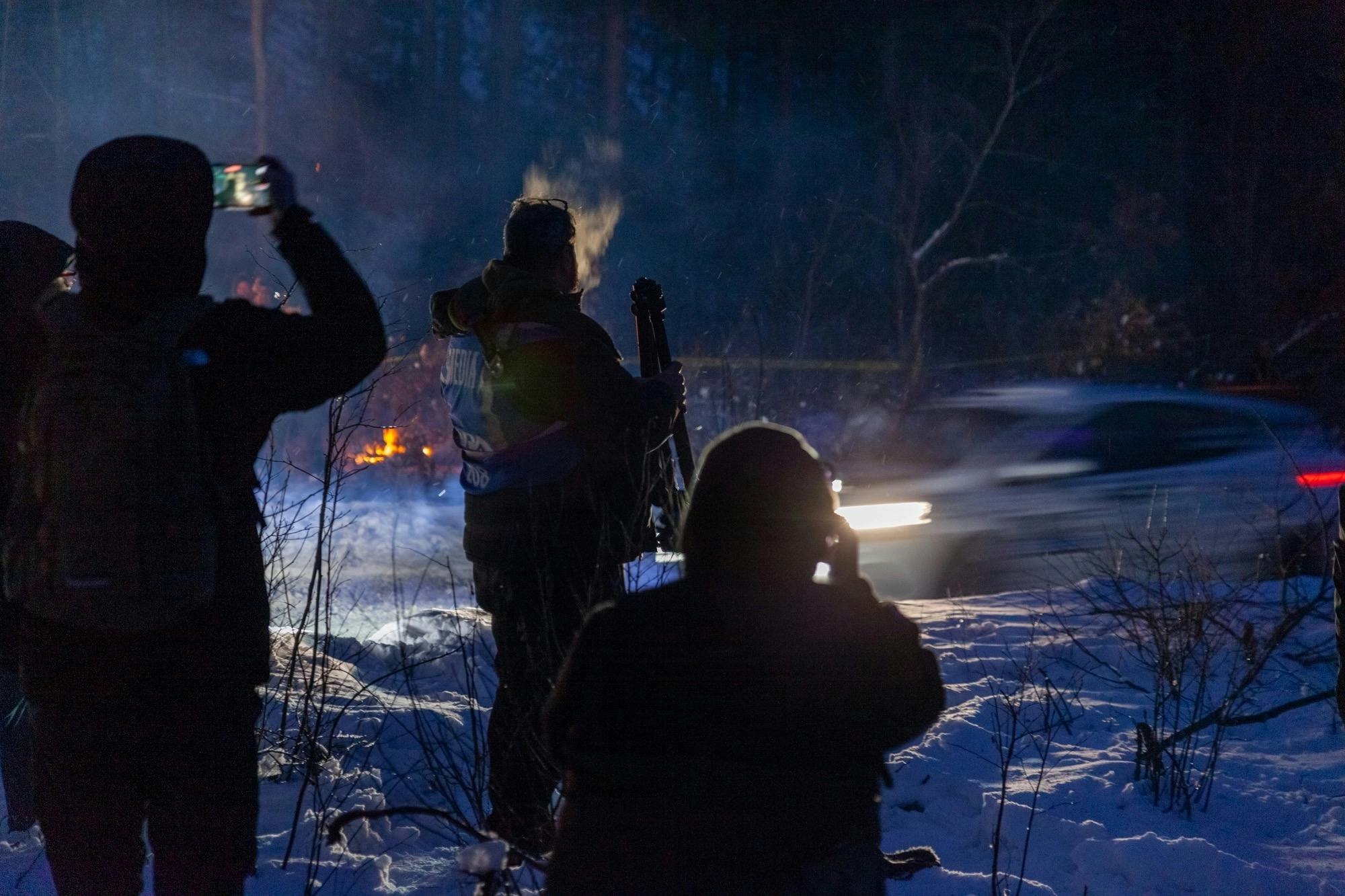


I think I’ll just wait for the Spring thaw, thanks very much… 😉
You forgot the part where the cars aren’t allowed studded tires, like our European friends at Sweden and Monte (that pesky road legal rule)…Bonfire Alley is on the bucket list for stages to see in the ARA.
I’d love to see this in person. STis and Evos and Toyobarus at full opposite-lock… oh my.
It would be a lot more interesting with American cars and pickups.